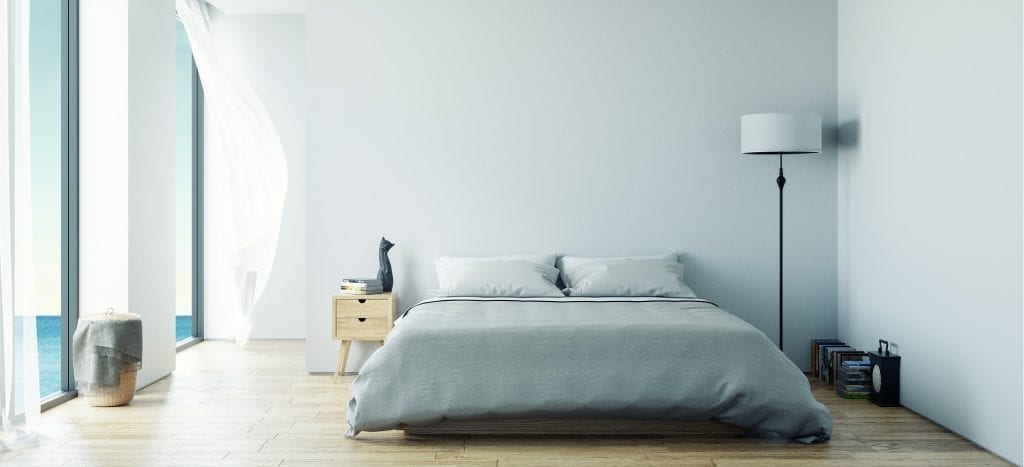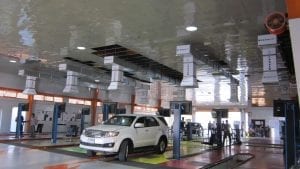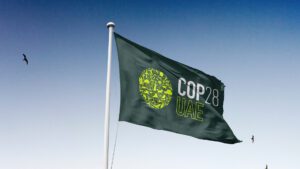Evaporative Cooling & the History Behind it
- Australia, Europe, Asia, Africa, Americas
- Residential
- Cooling
Reports of the first air conditioning systems (with records of evaporative cooling) appear as early as in the 2nd Century AD and the Chinese Han dynasty.
In the Middle East where, like Australia, the climate is hot and dry, evaporative cooling strategies were adopted as far back as 1350AD. In one example, in Cairo Egypt, a building was purposely situated up-wind, to catch the air and let it flow down the building and across a fountain which increased the relative humidity and lowered the temperature of the air. The cooled air then made its way back through wooden grills into the building to improve living conditions. Wealthy Romans were also known to keep their homes cooler with water circulated from the aqueducts through pipes in the walls. In medieval Persia (now Iran) the first evaporative cooling towers were built to trap wind and funnel it past water at the base of the tower and into a building.
Evaporative cooling today
In the 21st Century we are still using evaporative air-conditioning, but the technology is now much more sophisticated. Today’s energy efficient evaporative cooling systems still use only air and water and no artificial refrigerants, but they have many more advantages, such as electric motors, fans and pumps that are energy efficient and with clever electronic controls.
Plastic in evaporative cooling
Early models of evaporative air conditioning units were made of metal which had a tendency to corrode. That’s no longer the case. It was the Australian evaporative cooling legend Frank Seeley who, despite the odds, introduced a plastic system in 1972, to overcome issues around the weight of air conditioning units also ending problems with corrosion. His persistence and innovative approach to using materials that can withstand constant use in the harshest climates on earth put Australian manufacturer Seeley International on the map. Today, their energy efficient evaporative cooling units are exported to more than 100 markets all over the world. Seeley International’s Breezair unit uses a UV stabilised structural polymer material that won’t rust or corrode. Plus, it’s designed to blend with any property, coming in a range of colours to match roof colours – almost a fashion statement.
Pumps for effective evaporative cooling
Having an effective, reliable and energy-efficient pump is essential, especially in extreme conditions. Today the pumps in energy-efficient evaporative air conditioners are highly efficient, and in many cases Australian designed and manufactured. The Breezair evaporative cooling system uses a Tornado® pump that is dual directional, so it can’t block.
Power consumption minimised
One of the benefits of evaporative cooling versus refrigerated is that the only power-consuming components are the fan, electronic control and a small water pump. That means evaporative cooling uses almost* 80% less energy than refrigerated air conditioning which can use as much as 25% of a building’s energy consumption.
Breakthroughs and innovations such as Breezair inverter technology are also making it possible to manage power consumption and eliminate the wasteful and costly stop-start-stop sequence of old-fashioned cooling systems. That means greatly reduced energy use and genuine cost savings.
An external air sensor on some evaporative air conditioners intuitively optimises water and energy usage based on outside ambient conditions. An added bonus is that the sensor displays current outside temperature conveniently inside the building.
Drafts, dust and water distribution
What happens when the air conditioning isn’t being used, especially in winter? New technologies ensure the air conditioning ducts in your evaporative cooling are automatically closed when they aren’t in use, reducing winter chills entering the home and keeping the dust out of the system.
Breezair’s non-clogging water distribution is another advance in evaporative cooler efficiency. It’s a unique development that maximises cooling efficiency by supplying a continuous and balanced flow of water across the cooling pads. This is different to any other brand of evaporative coolers, which are subject to water flow variations. Having a balanced flow ensures highest evaporation efficiency and maximum cooling.
History has seen an amazing array of developments in air conditioning, many of them originating in Australia, and at Seeley International, the determination to continue leading the world in cooling efficiency and energy efficiency of evaporative cooling is as strong as ever.

Learn more about going evaporative
*Based on approximate running costs figures from publically sourced data. Based on 2-star house in a Melbourne climate, cooling all day on the weekend and in the morning and evenings when internal temperatures are high. Based on an electricity tariff of 27.5c/kWh. Note evaporative coolers also use water.




